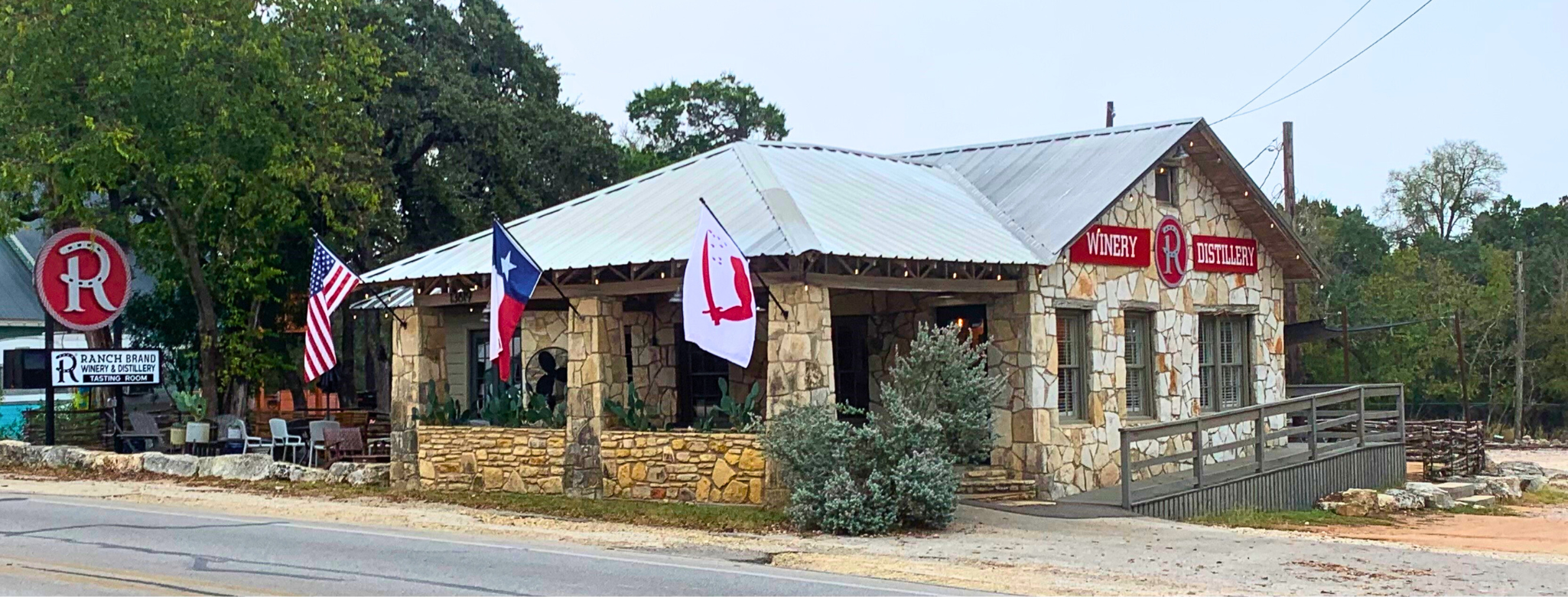The Forgotten Battle of Goliad
Posted by Hayley Adams on Nov 7th 2024
The Battle of Goliad is often overshadowed by the more famous battles of the Texas Revolution, like the Alamo and San Jacinto. However, this lesser-known conflict played a crucial role in the fight for Texas independence - and gave birth to a flag that remains an iconic symbol of the Lone Star State's revolutionary spirit.
This Battle of Goliad
The battle took place in late October 1835, just a few months after the start of the Texas Revolution. A group of Texian soldiers, led by Colonel James Fannin, had occupied the Presidio La Bahía in the town of Goliad. On October 28, they were attacked by a much larger Mexican force under the command of General José de Urrea.
After a day of fierce fighting, Fannin's men were forced to surrender. What happened next was one of the darkest moments of the revolution. Rather than taking the Texans as prisoners of war, Santa Anna ordered an execution. Over the next two days, hundreds of men, women, and children were marched out of Goliad and ruthlessly gunned down.
The Goliad Flag
It was a shocking and senseless act of brutality. But out of this tragedy emerged a symbol of resistance - the Goliad Flag. The flag also known as “The Bloody Arm Flag” was Designed by Capt. Phillip Dimmitt. The distinctive design featured a single bloody arm, representing the sacrifices made by the Texan soldiers. This stark image showed the Texans' determination to protect their rights and liberties, no matter the cost.
The Goliad Flag flew defiantly over the presidio until the tragic events of the Goliad Massacre. In the wake of this horrific slaughter, the Goliad Flag took on an even greater significance, becoming a rallying cry against the Mexican dictator's cruelty.
The Goliad Massacre was a brutal act that backfired on Santa Anna. Rather than cowing the Texans, it hardened attitudes and fueled the resistance. As Houston prepared his men for the decisive Battle of San Jacinto, he invoked the rallying cries "Remember the Alamo!" and "Remember Goliad!" The Texans' vengeance would lead them to a decisive victory and Texas independence just a month after the Goliad Massacre.
Today, the Goliad Flag remains an enduring part of Texas lore. It is displayed in the Texas State Capitol and featured prominently in numerous historical sites and museums. For many Texans, it serves as a reminder of the sacrifices made by their forebears, and a symbol of the state's indomitable spirit.

